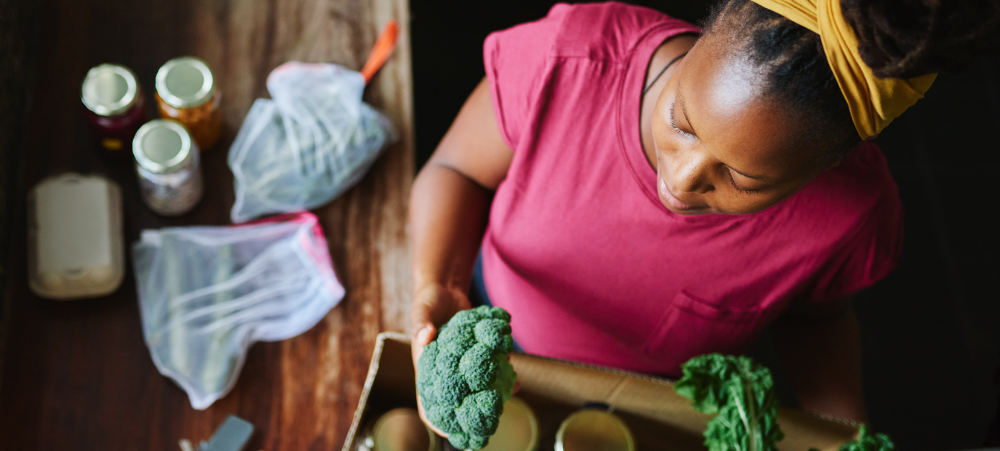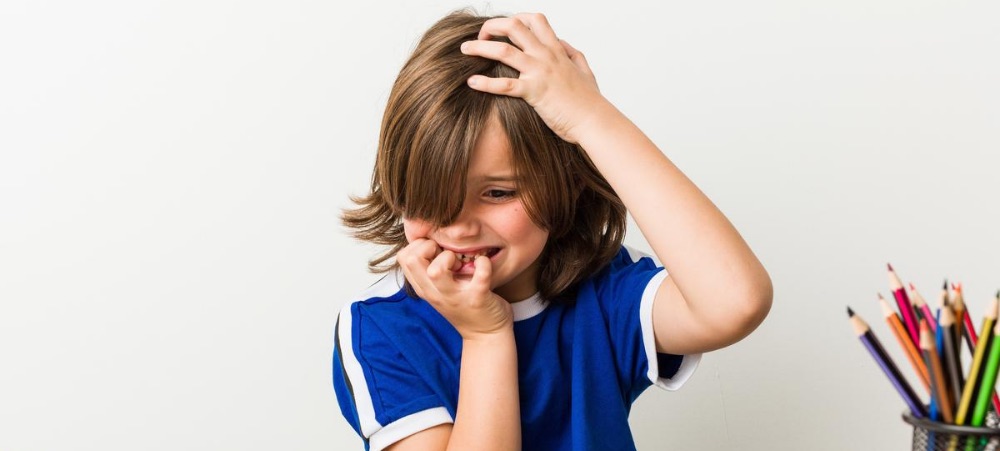
Sore nipples are often a reason that mothers stop breastfeeding
Breastfeeding should be a comfortable and rewarding experience and it is so sad when this is not achieved because of lack of support or sore nipples. Sore nipples are often a reason that mothers stop breastfeeding. Try to picture feeding your child but being in agony the whole time. It is terrible. I do not think that many people understand how painful these can be. I have heard them described as having hundreds of needles pushing into them or as if sandpaper is being rubbed on the tip of the nipple. Nipples can be damaged in different ways including redness, small cracks to deep cracks with severe nipple trauma. This type of damage is excruciating, and no one should ever have to endure such pain. What can be done about it and how can we improve a mother’s breastfeeding experience? The good news is that if you have sore nipples there are a few ways that Ameda can assist to help the nipples heal while the mother is learning how to improve her breastfeeding. The first thing that needs to be checked is the latch. Latch simply means how the baby is attached to the breast. The most common reason for sore nipples is a shallow latch. This is when the baby only has the tip of the nipple in his/her mouth. This will cause pain and damage to the nipple. When a baby has good attachment to the breast, the mother’s nipple will go all the way to the back of the baby’s mouth. To find out how far back this is use your tongue. Move it from your front teeth backwards over your hard pallet until it feels soft. This is your soft palate and is how far back a deep latch should go. Hence the name deep latch. The tops signs to look for that show a deep latch are Lips flanged out- Wide gaping mouth to accommodate the areolar and nipple A symmetric latch- More areolar visible above the baby’s top lip Tummy to Mummy- Baby’s ears, shoulders, and hips inline. If baby is too far away from the breast it makes it very difficult to get a deep latch. Chin on breast- By placing the baby’s chin on the breast , it helps to tilt the baby’s head upwards which in turns helps to open the baby’s throat for easier swallowing Have a listen and watch- Active suckling and swallowing are good indicators of milk transfer The nipple should stay the same shape before and after a feed. If the nipple has a white line or changes shape this means that the baby’s tongue/ gums are putting pressure on your nipple which can result in pain. What can be done if a mother has sore or painful nipples? Firstly, contact a lactation consultant to assist with a latch and to assess for other issues that may cause the pain Nipple shields can be used as a temporary “band-aid” to help the nipple heal while still direct feeding off it. When purchasing a nipple shield it is important to know how to fit it correctly as you can get different sizes: 16mm, 20mm and 24mm. Sizing is important as you need to have a comfortable fit. It is also important to put the nipple shield on correctly so that the nipple is drawn up into the cap of the shield. This will allow the baby to latch on to the shield with a deep latch. You also need to look for a nipple shield that is ultra-thin. Like the Ameda Silicone nipple shields this allows for maximum stimulation in the baby’s mouth. This is important as thick nipple shields can reduce a mothers milk supply and then she may need to pump after each feed to ensure that her breasts have been emptied. Nipple shields are also used with baby’s that have tongue ties. The shield helps to protect the nipple before the baby can have a tongue tie correction. For more information about nipple shields ComfortGel® HydroGel Pads. These are an amazing aid to help damaged nipples heal. They give instant relief and help to sooth sore nipples. They help create a moist wound environment that is recommended for optimal wound care. Pads fit discreetly and securely inside most nursing bras for extra cushioning and protection from rubbing against clothing while healing. Long life, pads can be rinsed and reused for as long as 6 days. Nipple Shells help to keep fabric friction away for any damaged nipples in between feeds. The shells allow the nipples to have air movement and can collect any dripping milk. This helps to prevent thrush and other infections which can cause other issues like mastitis. An added benefit of the Ameda Duo Shells is that they also can be used to help pull out inverted nipples in a gentle way. Triple Zero Lanolin cream is 100% pure lanolin and is great to have in your maternity bag when you go to hospital. The lanolin helps to sooth nipples and does not need to be washed off while baby feeds. You can also use your breast pump to let your nipples heal while keeping up your milk supply. It is so important to find a breast pump that fits you well. The Ameda range of breast pumps have seven different size flanges making sure that you will be able to find your best fit. This is important because you do not want your flange to be too tight fitting and rub on your nipple. It is reassuring that with Ameda mothers can get help if breastfeeding is painful for them. It is also great to know that sore nipples do not necessarily mean that it is the end of a mothers breastfeeding journey. If a mother with sore nipples can allow her nipples to heal properly while working on getting her latch deeper, she will be able to change her journey from discomfort to a much more satisfying, comfortable


































